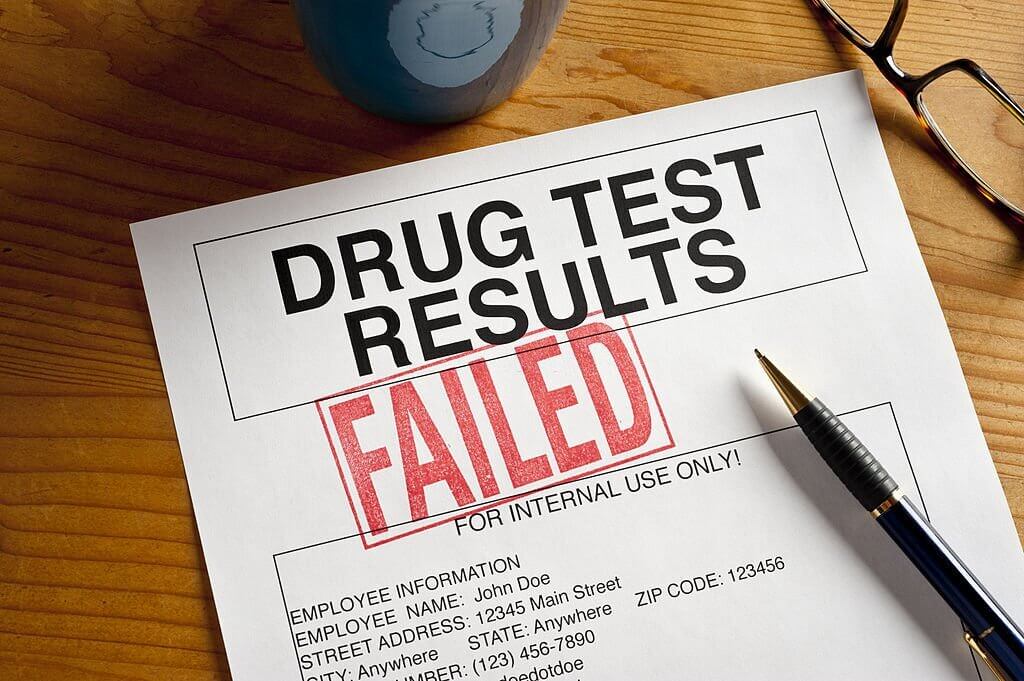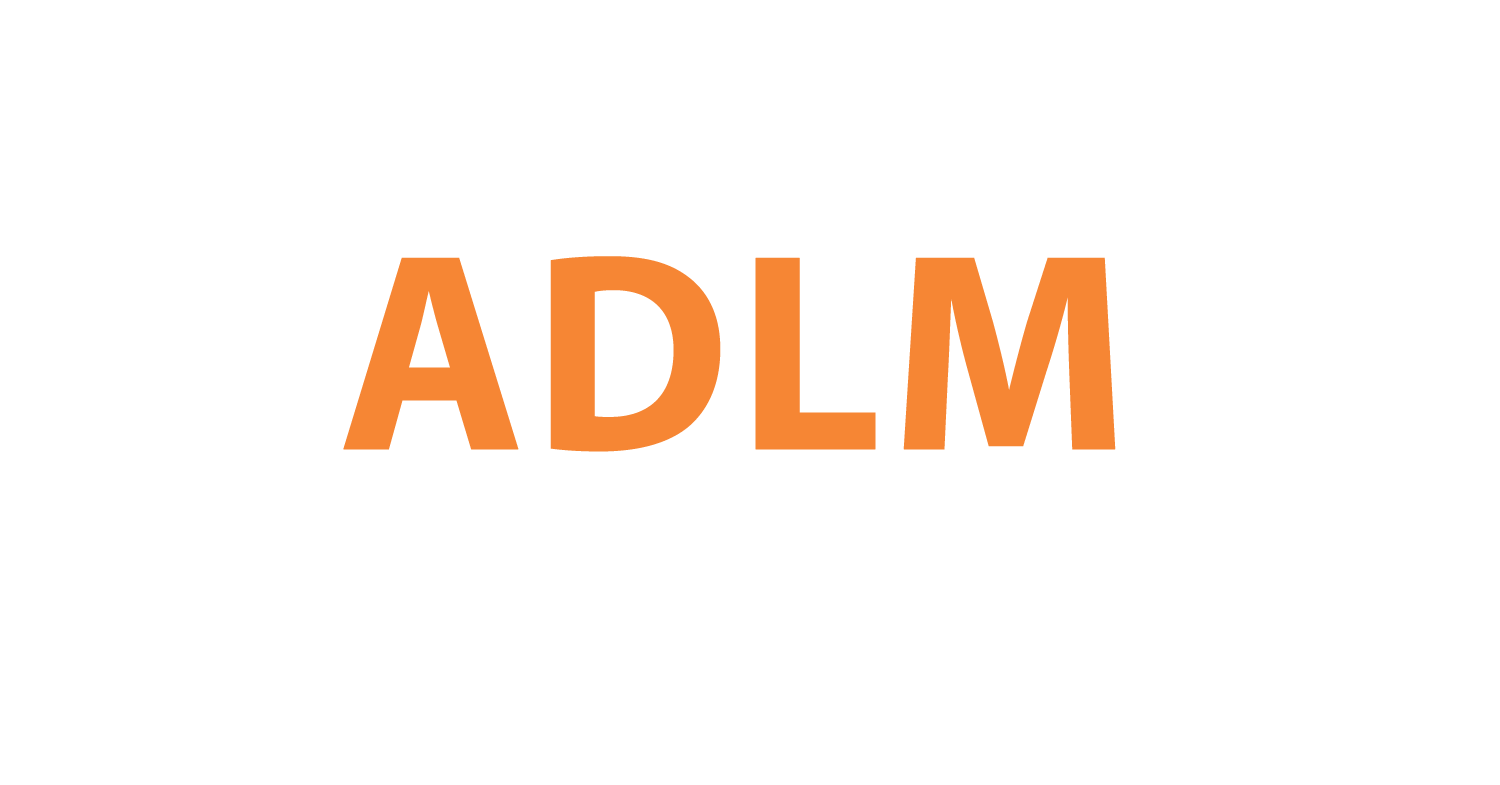Oral Swab Drug Test: A Decade of Advances and Challenges

Over the past decade, there have been significant developments in the use of oral fluid, or saliva, for drug testing, known as the oral swab drug test. This method offers a quick and non-invasive way to detect drug use, positioning it as a powerful tool in various situations, from workplaces to roadside checks.
The oral swab drug test is mainly used to detect drugs of abuse such as amphetamines, cocaine, opioids like morphine, methadone, heroin, and cannabis. Moreover, it can also test for alcohol, HIV antibodies, therapeutic drugs, and steroids. The concentrations of several drugs in oral fluid are similar or even higher than those in plasma, making the test effective in detecting recent drug use.
However, the process of oral fluid collection is influenced by several factors. For example, the individual's drug use, food intake, and techniques used to stimulate saliva production can all impact the concentration of drugs in the oral fluid, thereby affecting the test results.
Furthermore, some drugs like cannabis, amphetamines, and certain medicines can cause local absorption in the oral cavity. This leads to a temporary increase in their concentration in the oral fluid, which needs to be taken into account when interpreting test results.
The tests usually focus on the parent drug, which is usually the dominant species present in oral fluid. Confirmatory techniques rely heavily on mass spectrometry (MS), particularly Liquid Chromatography-Mass Spectrometry (LC-MS), due to the low sample volumes and the low detection limits required.
Drug testing outside laboratory environments, facilitated by the oral swab drug test, has become widespread, providing presumptive results within minutes of collection. This rapid and convenient method of testing plays a significant role in situations where quick results are necessary, such as roadside checks for impaired drivers.
Despite these advancements, the oral swab drug test is not without its challenges. The collection of oral fluid can be affected by various physiological factors and the concentration of drugs can be influenced by several external and internal factors. Nonetheless, the last decade has seen immense progress in the field, making the oral swab drug test a valuable tool in both clinical and forensic settings.
In conclusion, while there are challenges to be addressed, the oral swab drug test remains a promising method for quick, non-invasive drug testing. As we continue to make strides in this field, we can expect even more efficient and accurate testing methods in the future.
Reference
Drummer OH. Drug testing in oral fluid. Clin Biochem Rev. 2006 Aug;27(3):147-59. PMID: 17268583; PMCID: PMC1579288.
Related Posts
Prolonged Detection Times: An In-depth Look at the Oral Swab Test for THC









